Why are mulberry trees illegal?
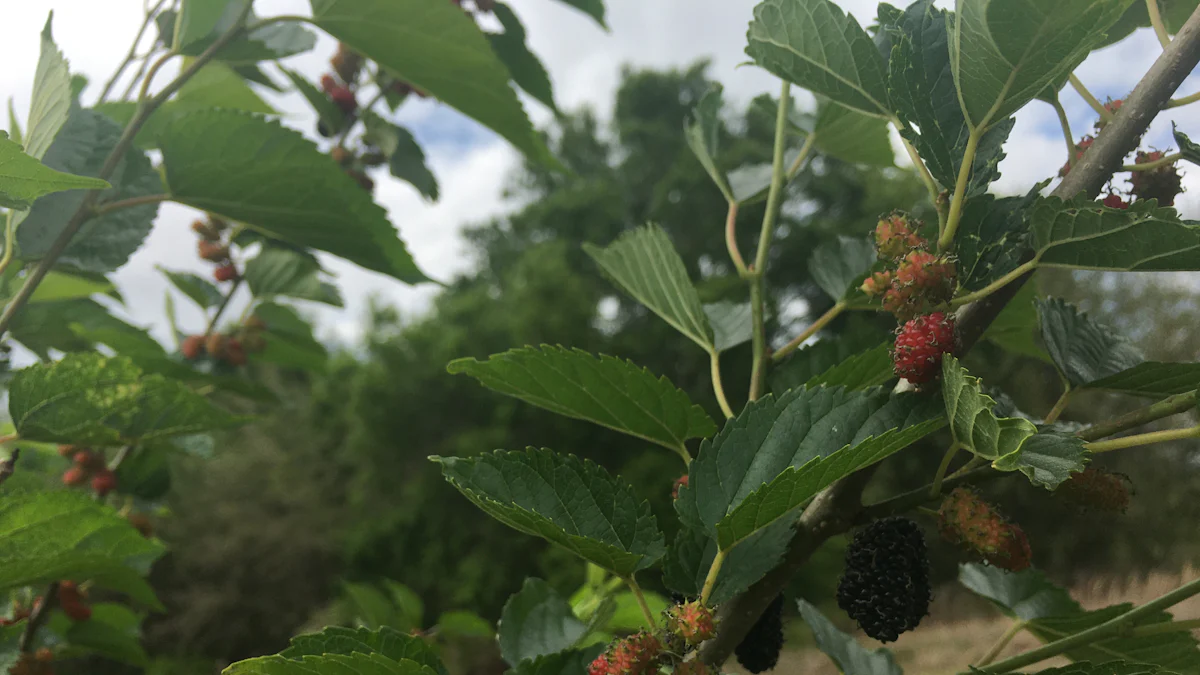
Mulberry trees, with their rich history and controversial status, have faced restrictions in certain regions. The legal stance on mulberry trees isn't about criminalizing them but rather regulating their cultivation to address health and environmental concerns. This blog delves into the intertwining factors of legality, environment, and health surrounding these trees.
Historical Context
Origin of Mulberry Trees
Ancient civilizations cultivated mulberry trees for various purposes. They were valued for their delicious berries, used as shade trees, provided livestock feed, played a crucial role in the silk trade, had medicinal properties, and were even utilized to get rid of tapeworms.
Early Uses and Cultivation
The historical significance of mulberry trees is deeply rooted in the silk industry. Silkworms have fed exclusively on Mulberry leaves for over two and a half thousand years. Additionally, different types of mulberries like red mulberry have been utilized by indigenous Muskogee peoples and European settlers for various purposes.
"Mulberry trees have a rich history with uses ranging from silk production to traditional medicine."
White mulberry trees were introduced in the United States specifically for silk production.White mulberry trees were introduce later by General Oglethorpe in Georgia as part of the Measure to establish silk industry.
Cultivation of White Mulberry as a tree species started thousands years back because it was used for rearing of silkworms.
Reasons for Illegality

Environmental Impact
Invasive species concerns
The commonly grown mulberry trees grow very fast in the given environments they are known to shade the native plants by competing for factors such as water and nutrients. It was noted that it had merged aggressive root systems which caused its access in threatening the biological diversity in the region.
Effects on local ecosystems
In this case, the spread of mulberry trees, mostly without control, harms other plants native to the area and eventually the animal life. They show that imbalance of even a small life form within an ecosystem can have drastic effect on other forms of life within the same ecosystem.
Health Concerns
Allergies caused by pollen
Mulberry trees release pollen that is one of the most notorious allergens that affect people with various degrees of intensity. These allergies may cause breathing difficulties, skin rashes or other severe conditions of the human body.
Respiratory issues
Potential adversaries of people include respiratory complications, for instance, asthma, which could result from the airborne irritants dispersed by the tree. The existence of these trees in the regions may worsen breathing issues and also influence the overall health of individuals.
Urban Planning and Maintenance
Damage to infrastructure
Due to strong development of roots the mulberry trees present threat to the infrastructure of the cities. Their sources can learn to spread to underlying pipes, break cemented pathways, as well as defeat structures resulting in hefty costs in rebuilding and maintenance.
High maintenance costs
Municipalities often face escalating expenses associated with managing mulberry trees, including pruning, root control measures, and addressing property damage. These ongoing costs contribute to the decision-making process regarding their legality.
Case Studies
Specific Regions with Bans
Mulberry trees have been banned in specific regions due to various factors such as messy fruits, invasive roots, extreme pollen production, allergies, and environmental impact.
In the United States, states like California and Arizona have implemented bans on mulberry trees to mitigate the risks associated with their cultivation.
Internationally, countries like Australia and New Zealand have also restricted the planting of mulberry trees to protect their ecosystems.
Impact of Bans
Banning mulberry trees has led to significant environmental changes in these regions. Native vegetation has thrived without competition from the invasive nature of mulberry trees.
The restrictions on mulberry tree cultivation have resulted in notable public health improvements. Allergic reactions related to mulberry pollen have decreased, leading to a healthier environment for residents.
Benefits of Mulberry Trees
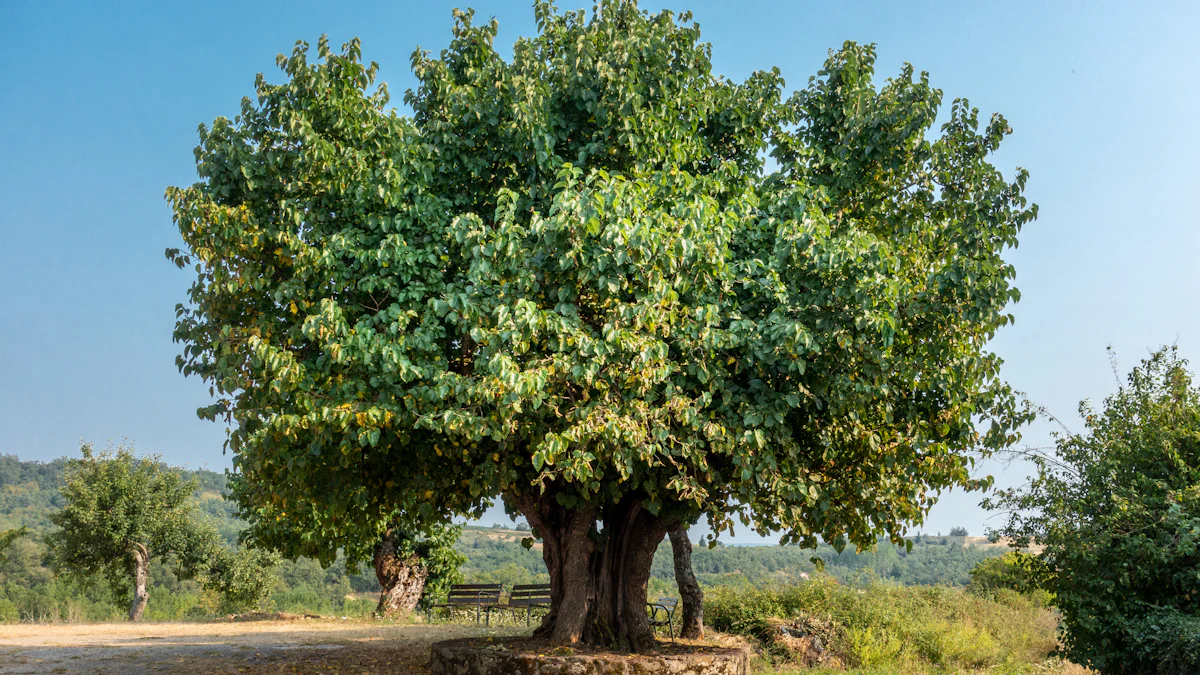
Nutritional Value
Mulberries: A Nutrient Powerhouse
Fresh mulberries are not only a delicious fruit but also a nutritious choice, as they primarily consist of 88% water and boast a low caloric count of just 60 calories per cup (140 grams). In addition, by fresh weight, mulberries offer a well-balanced nutritional profile with 9.8% carbs, 1.7% fiber, 1.4% protein, and 0.4% fat.
These small trees produce berries that are nutritionally dense containing vitamin-C, iron, and dietary fibre.
These berries are sweet, and the mature berries can be eaten raw or are commonly used in other dishes.
The tasty and wet looking dark purple color of mulberries indicates that they have anthocyanic content, which is good for health.

Traditional Medicine Uses
The tasty and wet looking dark purple color of mulberries indicates that they have anthocyanic content, which is good for health.
In traditional medicine, especially, in ancient civilizations, people have been using mulberries for their curative abilities.
There is evidence that mulberry leaf has the possibilities for preventing chronic diseases such as heart diseases and diabetes.
Hence making them a rich source for the natural remedies to health complications in traditional medicine.
Economic Benefits
Silk Industry Support
Mulberry trees play a vital role in the silk industry by providing nourishment to silkworms.
The leaves of the white mulberry tree are specifically cultivated to sustain silkworm populations for silk production.
The economic value of mulberry trees extends beyond their fruits to contribute significantly to the textile industry.
Diverse Commercial Applications
Apart from silk production, mulberries offer diverse commercial opportunities.
The fruits can be processed into jams, pies, wines, and other delectable products for consumption.
With their agroforestry potential and adaptability to various agricultural practices, mulberry trees present a sustainable option for economic growth.
Alternatives to Mulberry Trees
Native Tree Species
Benefits of planting native trees
Enhances biodiversity by providing habitats for local wildlife.
Supports the ecosystem by promoting natural pollination and seed dispersal.
Increases resilience to climate change through adaptation to local conditions.
Examples of suitable alternatives
Red Mulberry (Morus rubra)
Native to moist, mature forests in eastern North America.
Threatened by hybridization with the introduced white mulberry.
White Mulberry (Morus alba)
Originated in northern China, introduced in North America.
Widely considered invasive and hybridizes with the native red mulberry.
Urban Planning Solutions
Sustainable landscaping practices
Implementing green infrastructure to manage stormwater and reduce urban heat islands.
Incorporating native plants in urban design to enhance aesthetics and ecological benefits.
Adopting xeriscaping techniques to conserve water resources in arid regions.
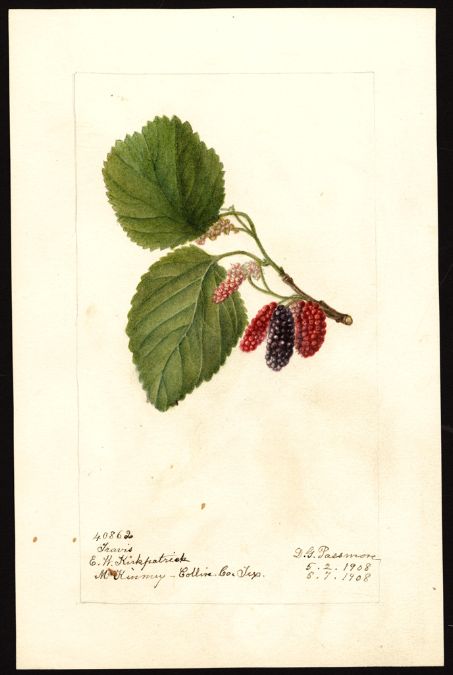
Policies for tree management
Tree Preservation Ordinances
Regulate tree removal and promote sustainable development practices.
Ensure the protection of significant trees during construction projects.
Community Tree Planting Programs
Engage residents in tree planting initiatives to improve urban greenery.
Foster a sense of community ownership and environmental stewardship.
The debate surrounding mulberry trees' legality is multifaceted, with considerations for environmental impact and public health.
Not all experts agree that mulberries should be demonized and banned carte blanche.
Some argue that many other common landscaping trees also spread easily beyond intended borders and boundaries.
Mulberry's ecological impact is mild compared to notoriously damaging exotic plants.
Removing mulberry trees could potentially harm ecosystems, suggesting a nuanced approach to their regulation.

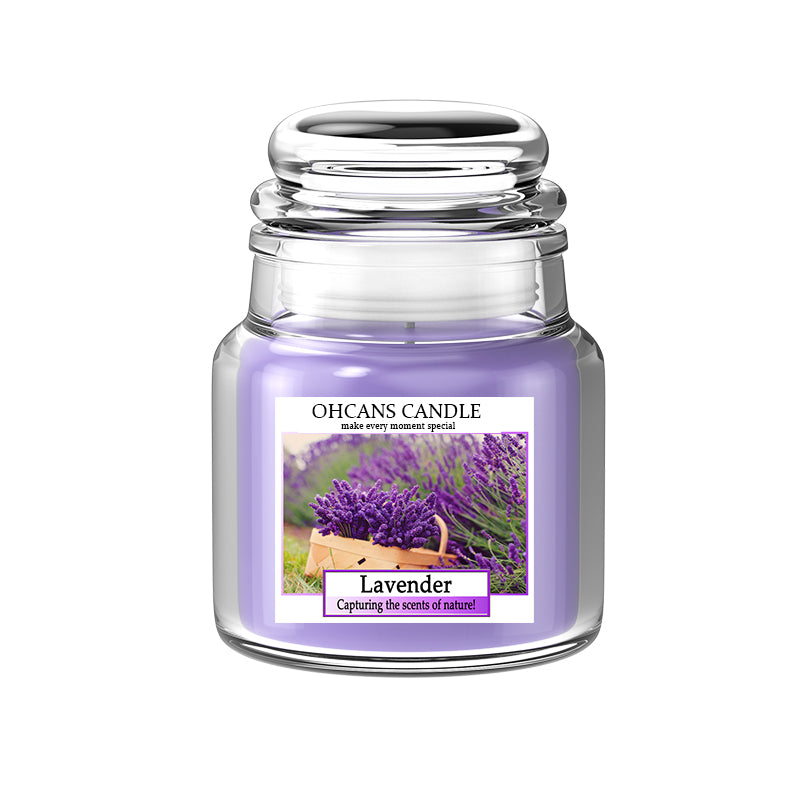
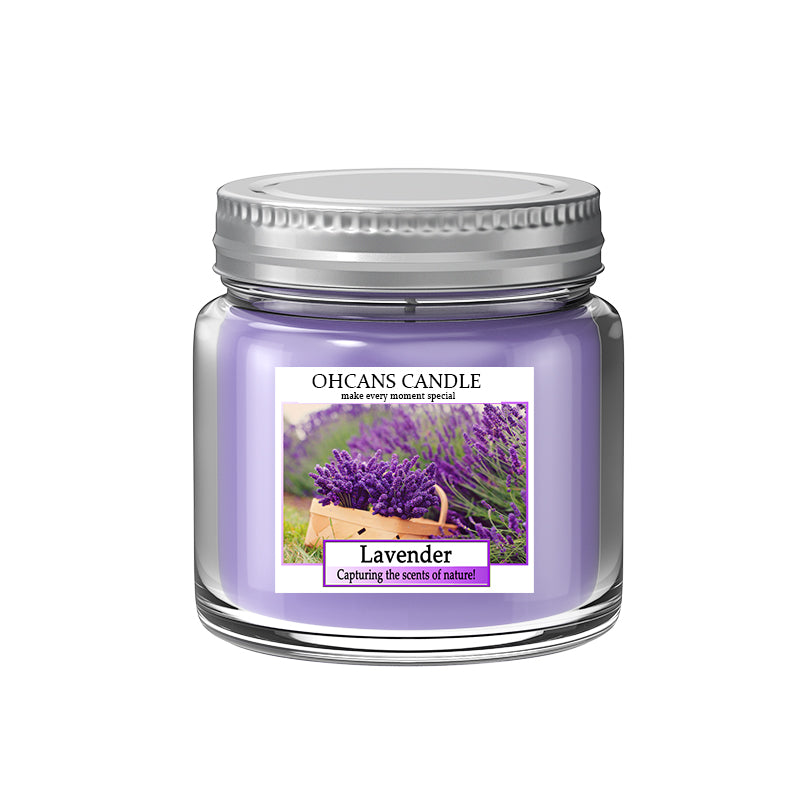

Leave a comment